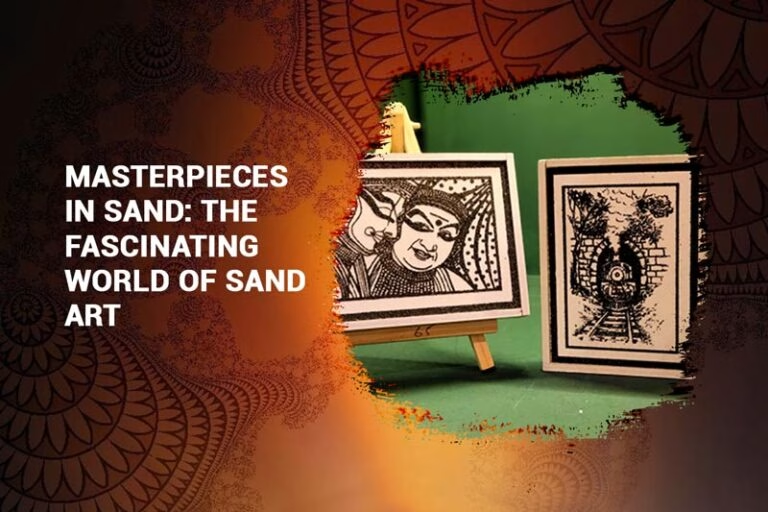Sand art, a captivating form of expression, surpasses conventional artistic boundaries to evoke awe and admiration with its fleeting beauty. From ancient rituals to contemporary exhibitions, the practice of crafting intricate designs with sand has enthralled global audiences, embodying a delicate harmony of creativity and impermanence. Its origins can be traced back to ancient civilizations, where it served both ceremonial and artistic roles. Early practitioners utilized colored sands to create symbolic patterns, often as part of religious rituals or narratives. Through centuries, this art form evolved into a refined practice that blends cultural traditions with modern techniques.
Today, contemporary sand artists employ diverse methods to manipulate sand grains into elaborate compositions. Using natural sands of varying textures and hues, artists skillfully pour, sculpt, and layer the grains to form intricate landscapes, portraits, and abstract designs. This process demands meticulous precision and a profound understanding of materials, with each movement shaping the final expression.
Traditional sand painting, frequently associated with indigenous cultures, involves the meticulous placement of colored sand on a flat surface to fashion elaborate mandalas or symbolic representations. Across different cultures, sand art retains significant cultural and spiritual significance. In Native American traditions, for instance, sand paintings are integral to healing ceremonies, believed to restore harmony and equilibrium.
In contemporary art scenes, sand art has experienced a resurgence, with artists pushing creative boundaries through innovative techniques and interdisciplinary collaborations. Sand art serves as a testament to human ingenuity and the profound connection between art and nature. It continues to inspire awe and introspection, inviting viewers to appreciate beauty in transient moments. As an art form that defies permanence, it challenges perceptions of art’s endurance while celebrating life’s ephemeral nature. Whether in galleries, performances, or cultural rituals worldwide, sand art remains a captivating medium that bridges tradition with contemporary expression, leaving a lasting impression on all who encounter its evanescent beauty.

